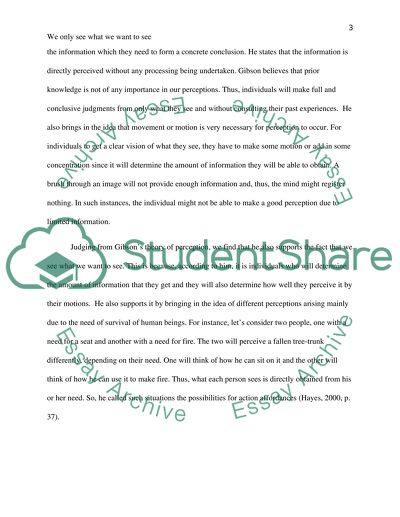Cite this document
(“We only see what we want to see Essay Example | Topics and Well Written Essays - 1500 words”, n.d.)
We only see what we want to see Essay Example | Topics and Well Written Essays - 1500 words. Retrieved from https://studentshare.org/psychology/1601047-we-only-see-what-we-want-to-see
We only see what we want to see Essay Example | Topics and Well Written Essays - 1500 words. Retrieved from https://studentshare.org/psychology/1601047-we-only-see-what-we-want-to-see
(We Only See What We Want to See Essay Example | Topics and Well Written Essays - 1500 Words)
We Only See What We Want to See Essay Example | Topics and Well Written Essays - 1500 Words. https://studentshare.org/psychology/1601047-we-only-see-what-we-want-to-see.
We Only See What We Want to See Essay Example | Topics and Well Written Essays - 1500 Words. https://studentshare.org/psychology/1601047-we-only-see-what-we-want-to-see.
“We Only See What We Want to See Essay Example | Topics and Well Written Essays - 1500 Words”, n.d. https://studentshare.org/psychology/1601047-we-only-see-what-we-want-to-see.


